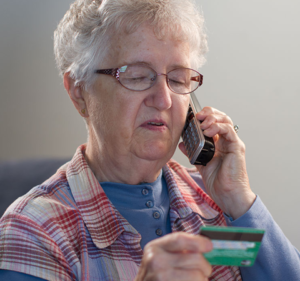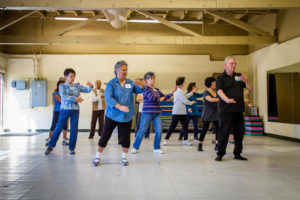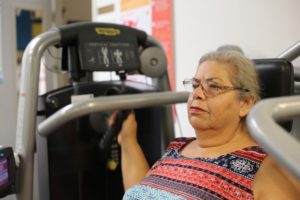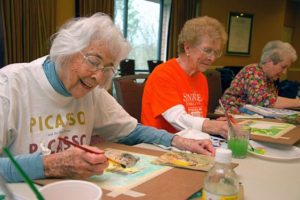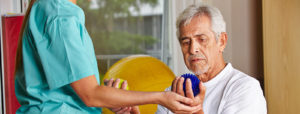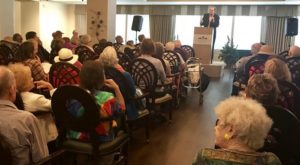
Osteoporosis is a disease that weakens bones to the point where they break easily—most often, bones in the hip, backbone (spine), and wrist. Osteoporosis is called a “silent disease” because you may not notice any changes until a bone breaks. All the while, though, your bones had been losing strength for many years.
Bone is living tissue. To keep bones strong, your body breaks down old bone and replaces it with new bone tissue. Sometime around age 30, bone mass stops increasing, and the goal for bone health is to keep as much bone as possible for as long as you can. As people enter their 40s and 50s, more bone may be broken down than is replaced.
Although osteoporosis can strike at any age, it is most common among older people, especially older women. Men also have this disease. White and Asian women are most likely to have osteoporosis. Other women at great risk include those who:
- Have a family history of broken bones or osteoporosis
- Have broken a bone after age 50
- Had surgery to remove their ovaries before their periods stopped
- Had early menopause
- Have not gotten enough calcium and/or vitamin D throughout their lives
- Had extended bed rest or were physically inactive
- Smoke (smokers may absorb less calcium from their diets)
- Take certain medications, including medicines for arthritis and asthma and some cancer drugs
- Used certain medicines for a long time
- Have a small body frame
The risk of osteoporosis grows as you get older. At the time of menopause, women may lose bone quickly for several years. After that, the loss slows down but continues. In men, the loss of bone mass is slower. But, by age 65 or 70, men and women are losing bone at the same rate.
Whether your doctor calls it osteopenia or low bone mass, consider it a warning. Bone loss has started, but you can still take action to keep your bones strong and maybe prevent osteoporosis later in life.
For some people, the first sign of osteoporosis is to realize they are getting shorter or to break a bone easily. Don’t wait until that happens to see if you have osteoporosis. You can have a bone density test to find out how strong your bones are.
The U.S. Preventive Service Task Force recommends that women aged 65 and older be screened (tested) for osteoporosis, as well as women under age 65 who are at increased risk for an osteoporosis-related fracture.
There are things you should do at any age to prevent weakened bones. Eating foods that are rich in calcium and vitamin D is important. So is regular weight-bearing exercise, such as weight training, walking, hiking, jogging, climbing stairs, tennis, and dancing.
If you have osteoporosis, avoid activities that involve twisting your spine or bending forward from the waist, such as conventional sit-ups, toe touches, or swinging a golf club. Learn how to exercise safety with Go4Life, the exercise and physical activity campaign from the National Institute on Aging.
But, lifestyle changes may not be enough if you have lost a lot of bone density. There are also several medicines to think about. Some will slow your bone loss, and others can help rebuild bone. Talk with your doctor to see if medicines might work to treat your osteoporosis.
For more information about osteoporosis, visit the National Institute of Arthritis and Musculoskeletal and Skin Diseases.
For More Information on Osteoporosis
National Institutes of Health Osteoporosis and Related Bone Diseases National Resource Center
1-800-624-2663 (toll-free)
1-202-466-4315 (TTY)
[email protected]
www.bones.nih.gov
National Institute of Arthritis and Musculoskeletal and Skin Diseases
1-877-226-4267 (toll-free)
1-301-565-2966 (TTY)
[email protected]
www.niams.nih.gov
National Osteoporosis Foundation
1-800-231-4222 (toll-free)
[email protected]
www.nof.org
